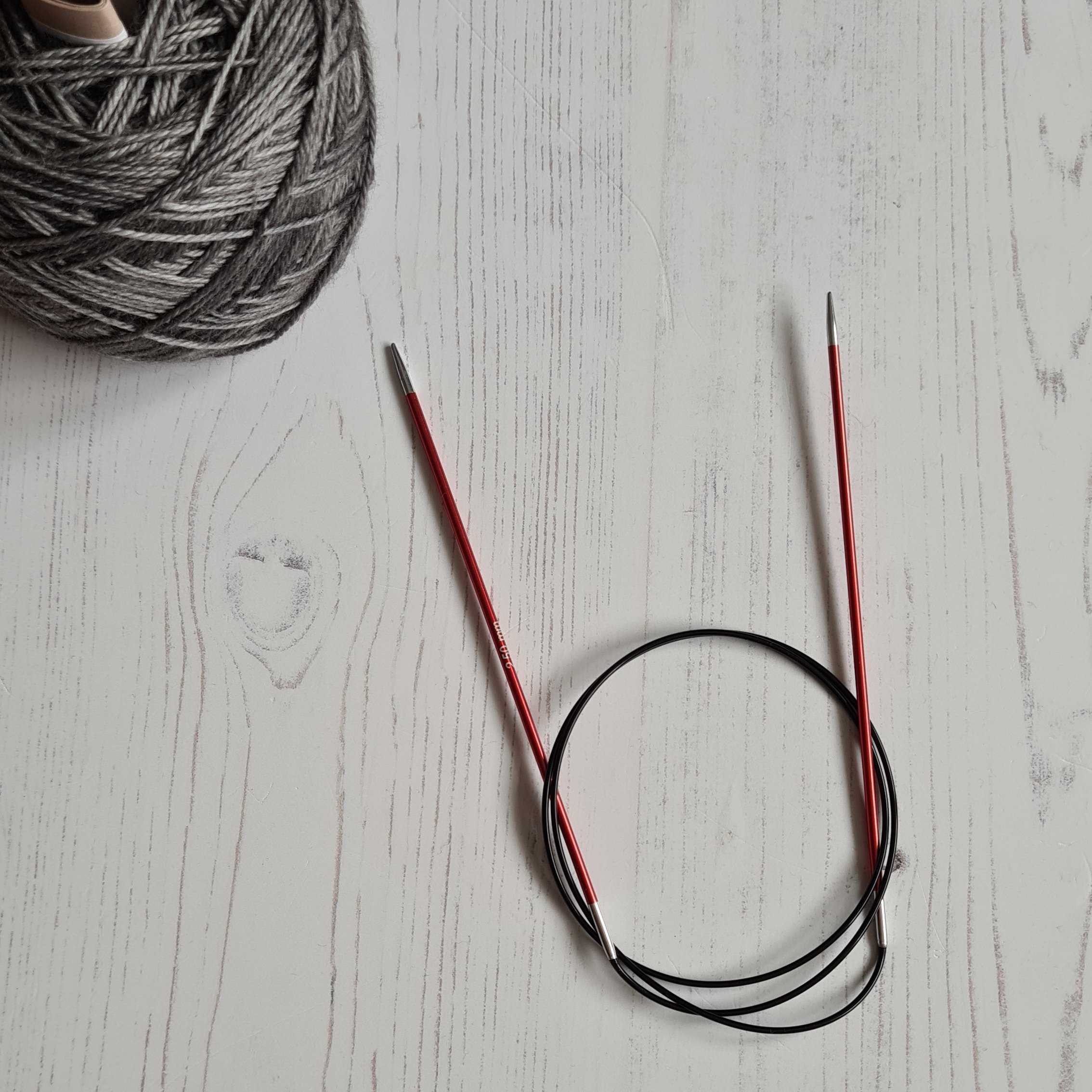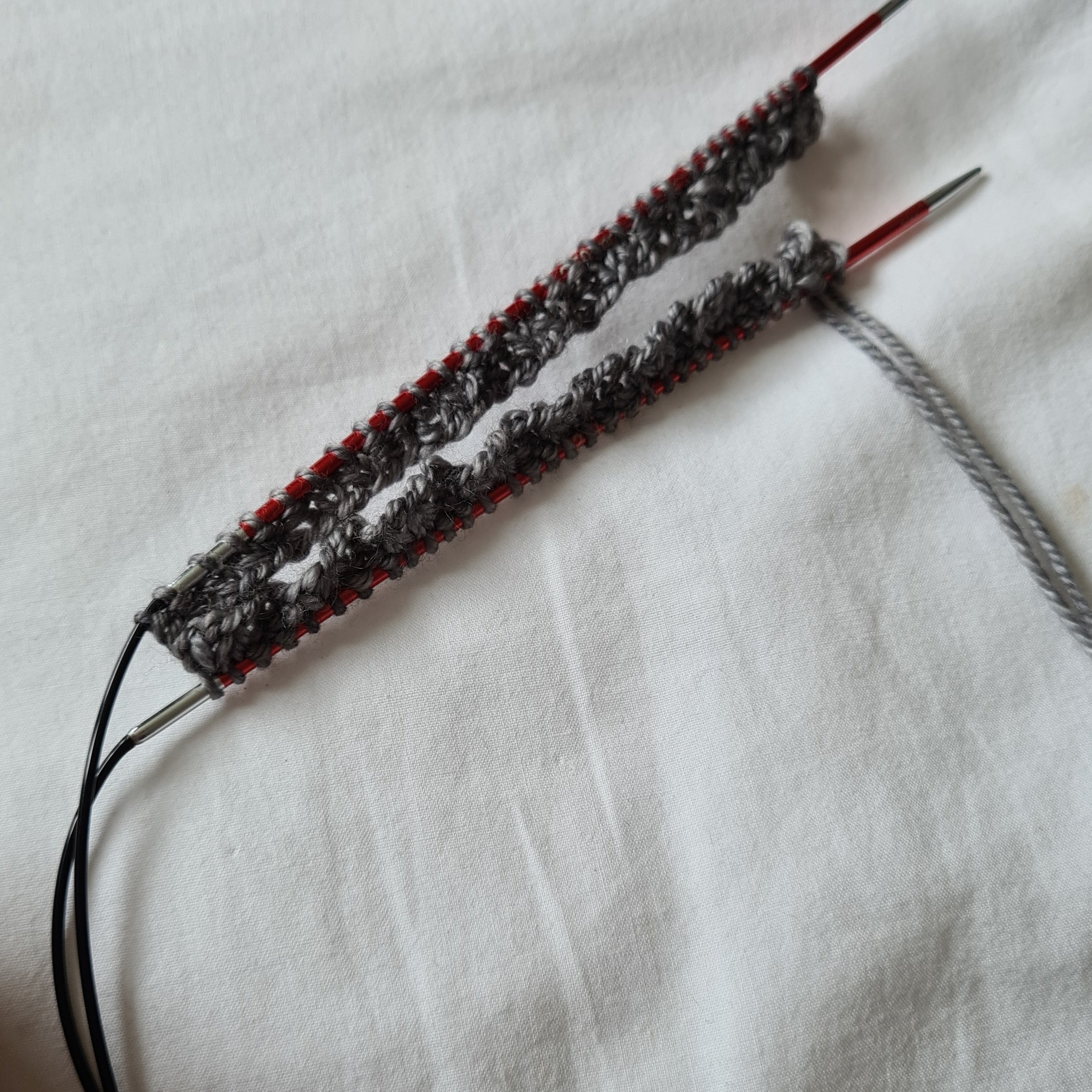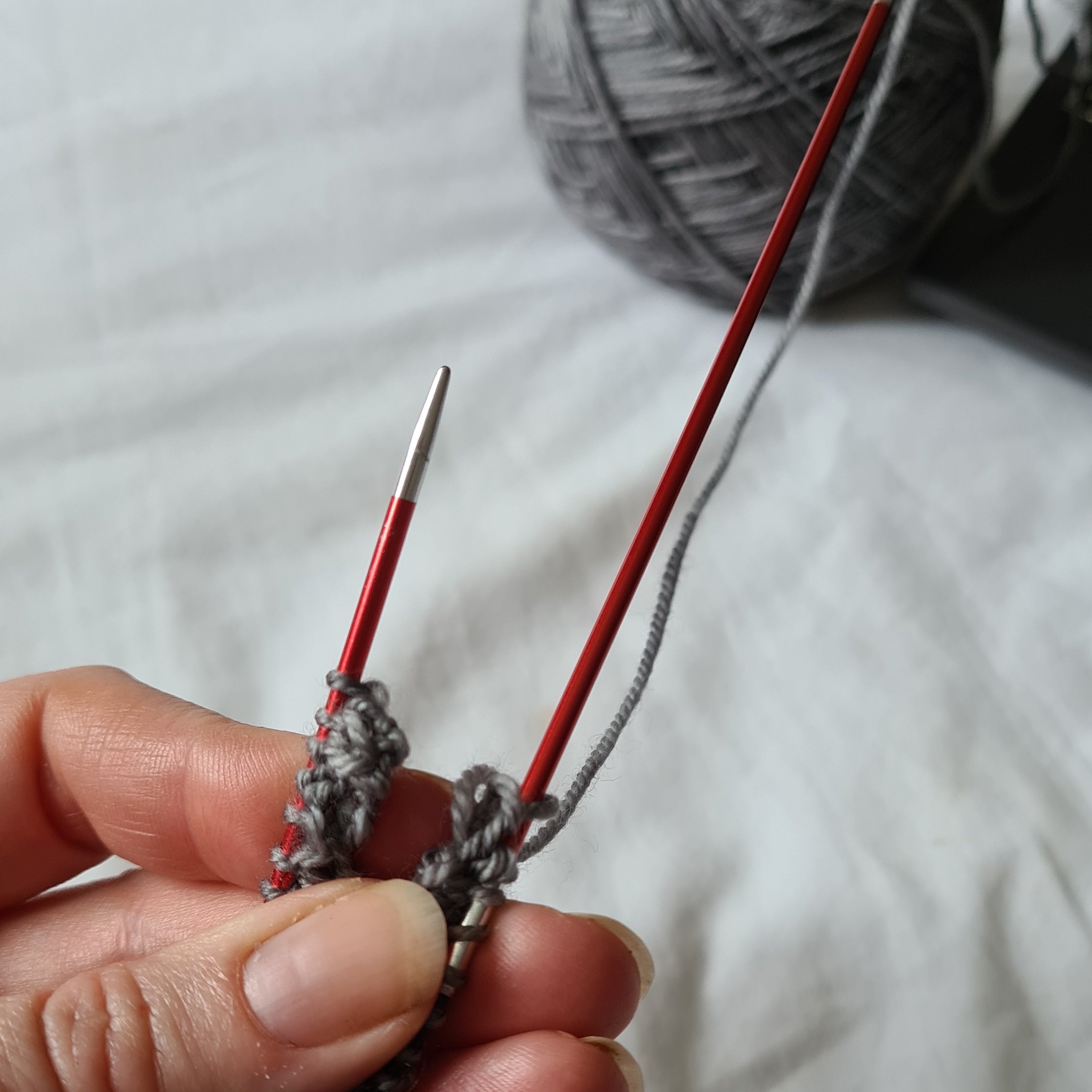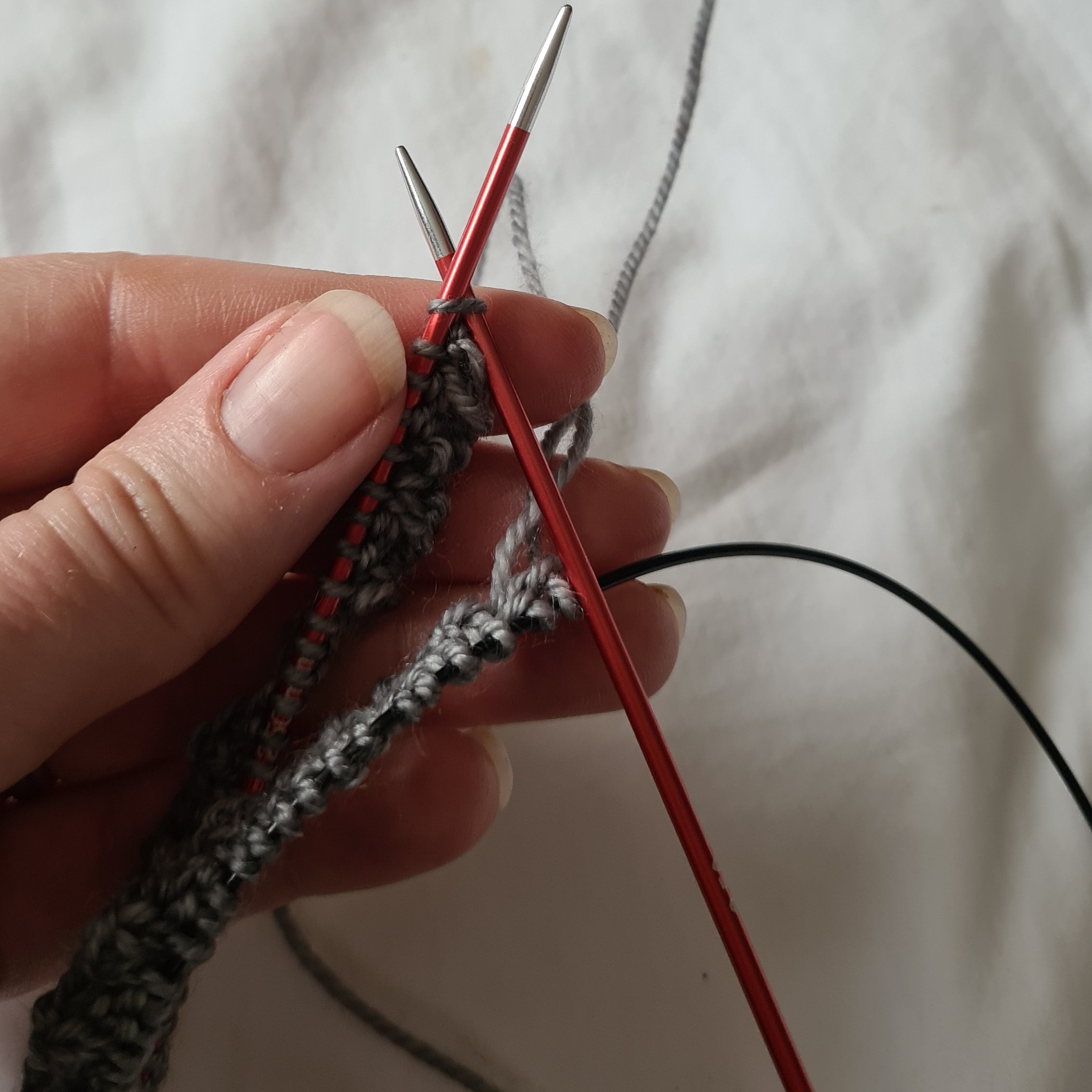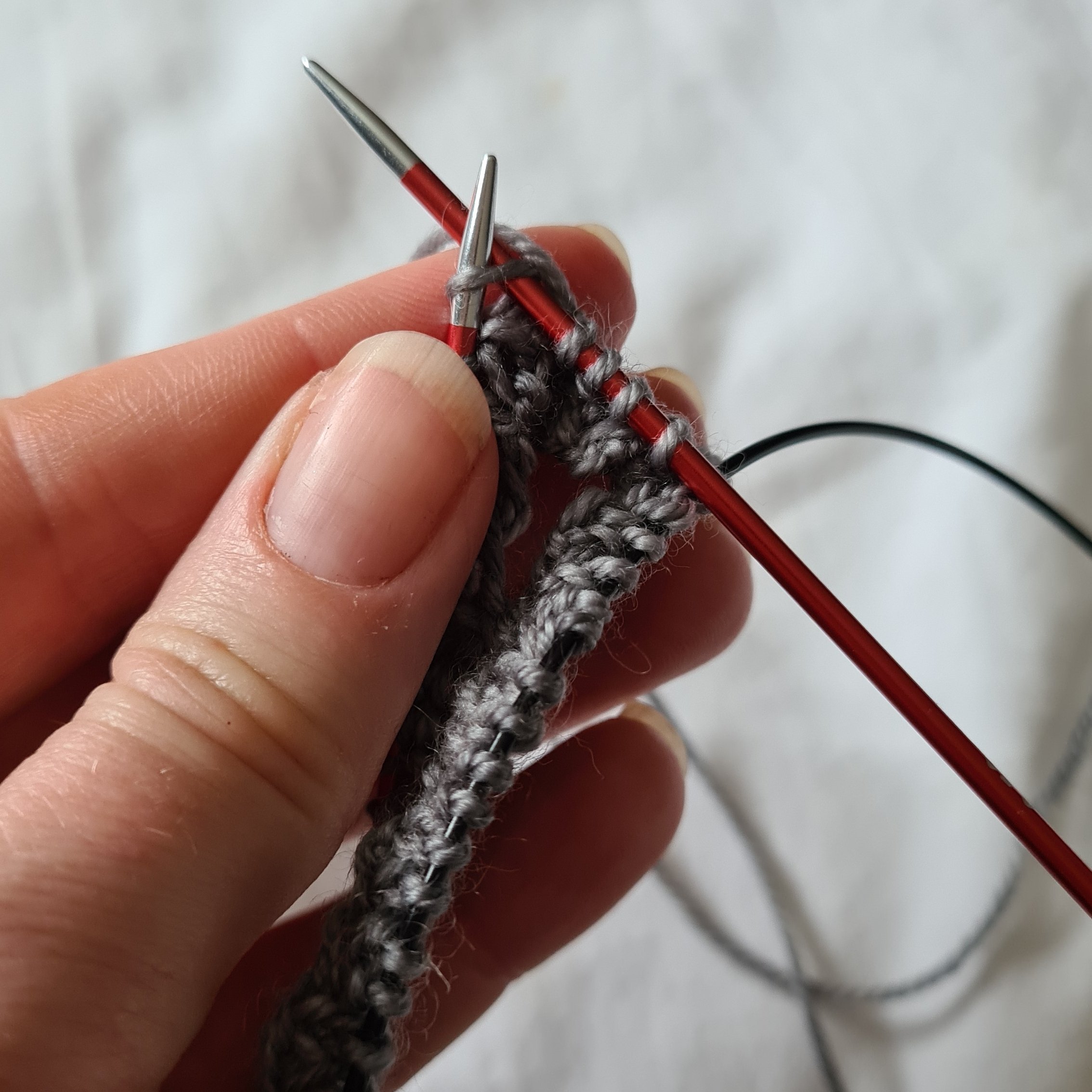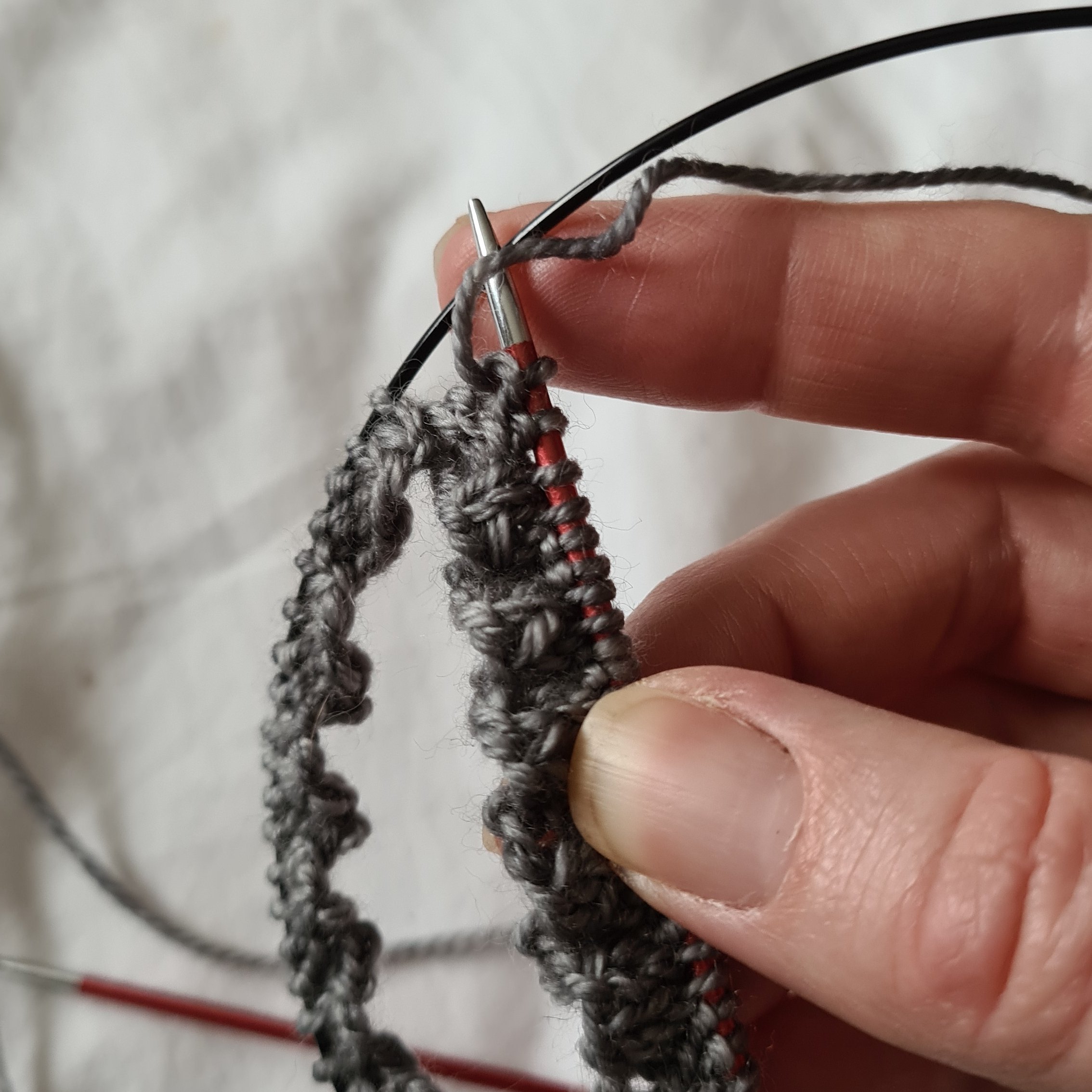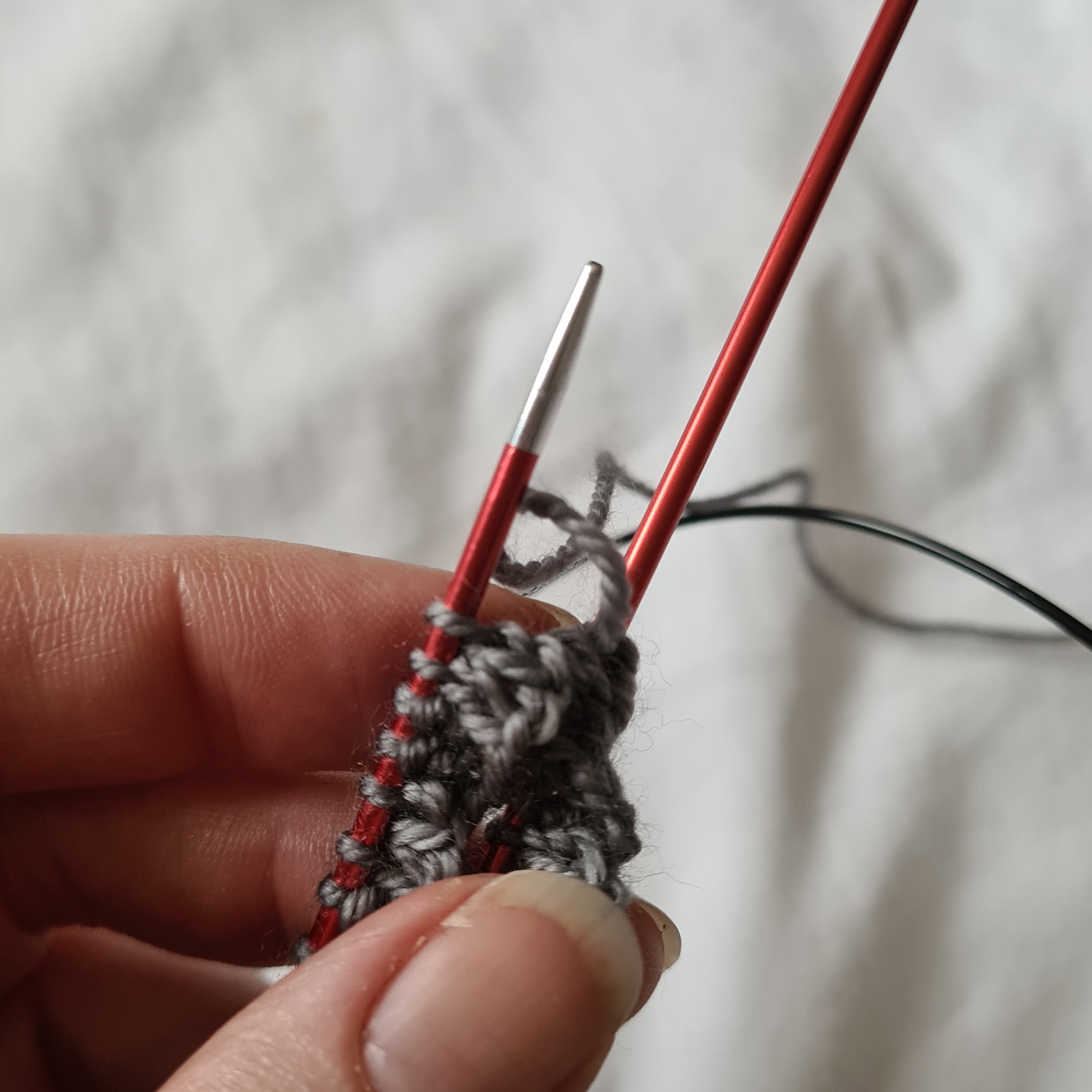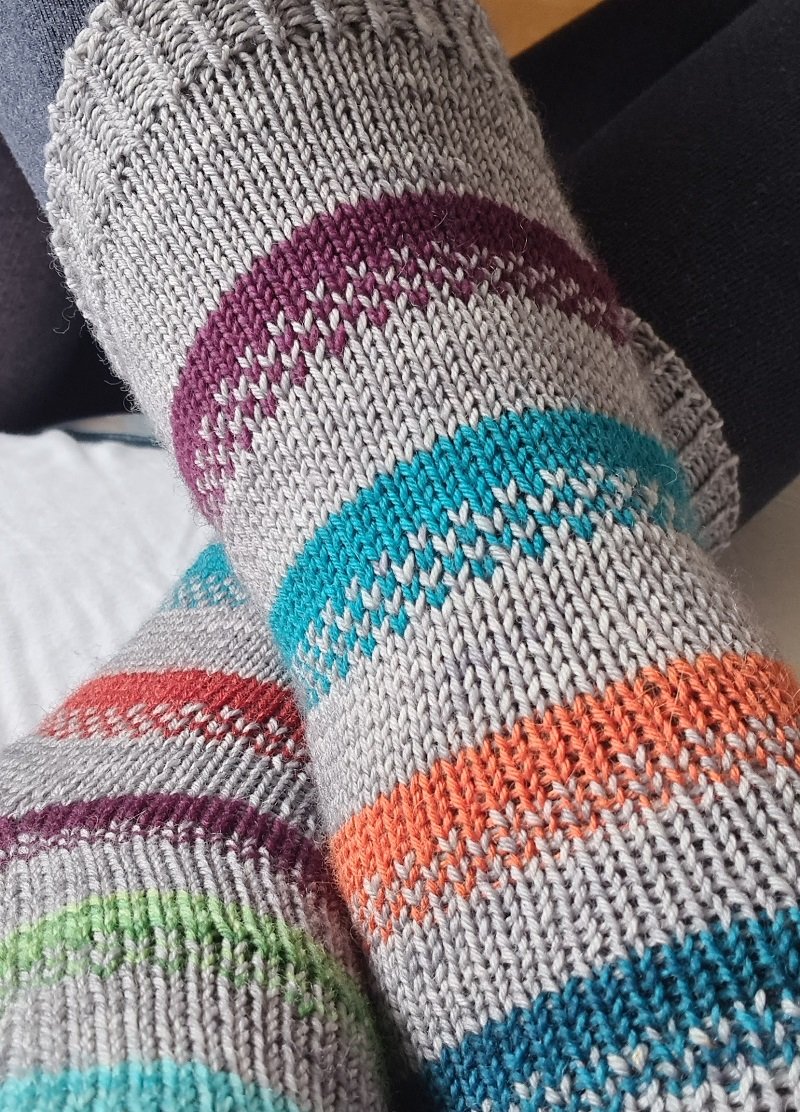Not the most obvious name for a new design, but bear with. I’m about to entertain you with the backstory to these smart looking cuff down socks which I hope will make you smile and will give you some sort of insight into our slightly crazy ‘life with two boys’ world.
As you may know we are keen fans of walking in the Lake District and we introduced our two boys to it at a very early age - backpacking them up to summits and letting them toddle through woodland trails as soon as we could jam wellie boots onto their chubby little legs.
Fickle Steps is the name given to a river crossing - a set of stepping stones in the Duddon Valley (in the Western lakes). They cross at a broad point in the river and are usually (but not always) free from water. On this particular day we had to cut our planned walk short. I forget why exactly, but walking with young children - by then the boys were aged about 3 and 4 - had already taught us that some days you just have to cut your losses and accept that your ‘nice walk in the Lakes’ isn’t going quite as you planned. I may have forgotten the snacks!
In any case we ended up wanting to cross the river at Fickle Steps, and we hadn’t antcipated that the river would be quite so high, leaving a couple of the steps almost under water. But it was either cross, or add an extra 3 miles to our walk, which none of us were in the mood for.
Always prepared, my husband dug out rope and carabiners (don’t ask) from his rucksack and fashioned makeshift sit harnesses for the boys so that they could clip on to the steel hawser that serves as a handrail across the stones. Whilst not too deep, the river is fairly fast flowing at that point and we didn’t want to lose a child overboard.
I went first with the younger boy, step by step with him copying my moves - the mantra ‘step, balance’ was something we taught them early on when crossing rough ground. We made it to the other side without incident then turned to watch the other pair. Husband was already burdened with the rucksack though and coupled with wild failing from eldest son -always one for the drama - found himself caught off balance on a slippy rock. He ended up thigh deep in icy water whilst eldest son swung, sloth-like from his harness cackling wildly.
Thus, Fickle Steps entered our lexicon of family stories. To be brought out and talked over in the same way as the ‘day of the red ant bite’ - Harter Fell, or ‘the time mum got chased by a cow’ - Grey Friar.
I chose the name for these socks, as they look a little fearsome - with the crossed stitch detail across the cable. But really, with a bit of solid preparation work (the steel hawser across the stones) they are really fun to work, and give a very satisfying result.



